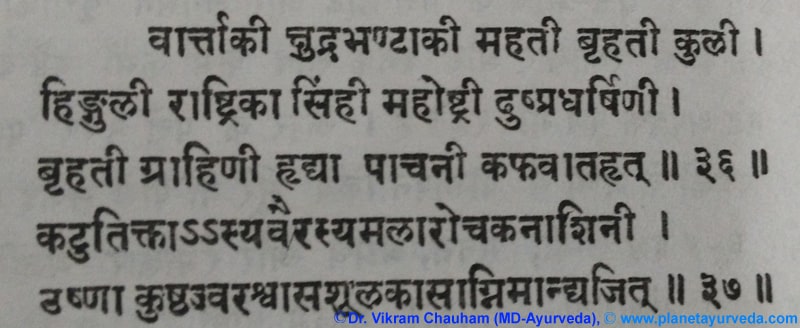

It is an anti-inflammatory and anti-arthritic agent and was found useful in clinical cases of Rheumatoid and Osteoarthritis. It has anxiolytic effect and improves energy levels and mitochondrial health.

It has GABA mimetic effect and was shown to promote formation of dendrites. It was also found useful in neurodegenerative diseases such as Parkinson's, Huntington's and Alzeimer's diseases.

It has a Cognition Promoting Effect and was useful in children with memory deficit and in old age people loss of memory. In some cases of uterine fibroids, dermatosarcoma, long term treatment with WS controlled the condition.

It was also found effective against urethane induced lung-adenoma in mice. WS have anti-tumor effect on Chinese Hamster Ovary (CHO) cell carcinoma. Pretreatment with Withania somnifera (WS) showed significance protection against stress induced gastric ulcers. In experimental models it increases the stamina of rats during swimming endurance test and prevented adrenal gland changes of ascorbic acid and cortisol content produce by swimming stress. Considering these facts many scientific studies were carried out and its adaptogenic / anti-stress activities were studied in detail. It is used for various kinds of disease processes and specially as a nervine tonic. The present paper is about to enlist the Kushtaghna herbal and metal dravyas mentioned in Bhavprakash N ighantu with their Rasa, Veerya and Vipaka, Guna and karmas for critical analysis, to assess their spec ific type Kushtaghna property.Withania somnifera (Ashawagandha) is very revered herb of the Indian Ayurvedic system of medicine as a Rasayana (tonic). Samprapti of Kushta shows tridosha dushti (Vata and Kapha pradhana) and dushya are twak, lasika, shonita and mamsa predominantly, so the line of the treatment should be ushna, tik shna, Vata Kapha Shamaka, Rakta Prasadana mainly. A literary review of the rasa panchaka is done to assess their probable mode of action. The literary screening c oncluded that there are about 98 dravya ( Herbal and Metal) are recommended as Kushtaghna, but their specific action is not defined on the basis of their Rasapanchaka. Therefore by s creening of Kushtaghna dravyas from Bhavprakash Nigha ntu can give effective solutions for Kushta Chikitsa. However the treatment options availabl e in contemporary system of medicine are not much satisfactory. Kushta is a chr onic disease that has substantial psychological and social impact on a patient’s life. All the skin diseases in Ayurveda have been described under the heading of ‘ Kushta ’, which are further divided into Maha Kushta and Kshudra Kushta.


 0 kommentar(er)
0 kommentar(er)
